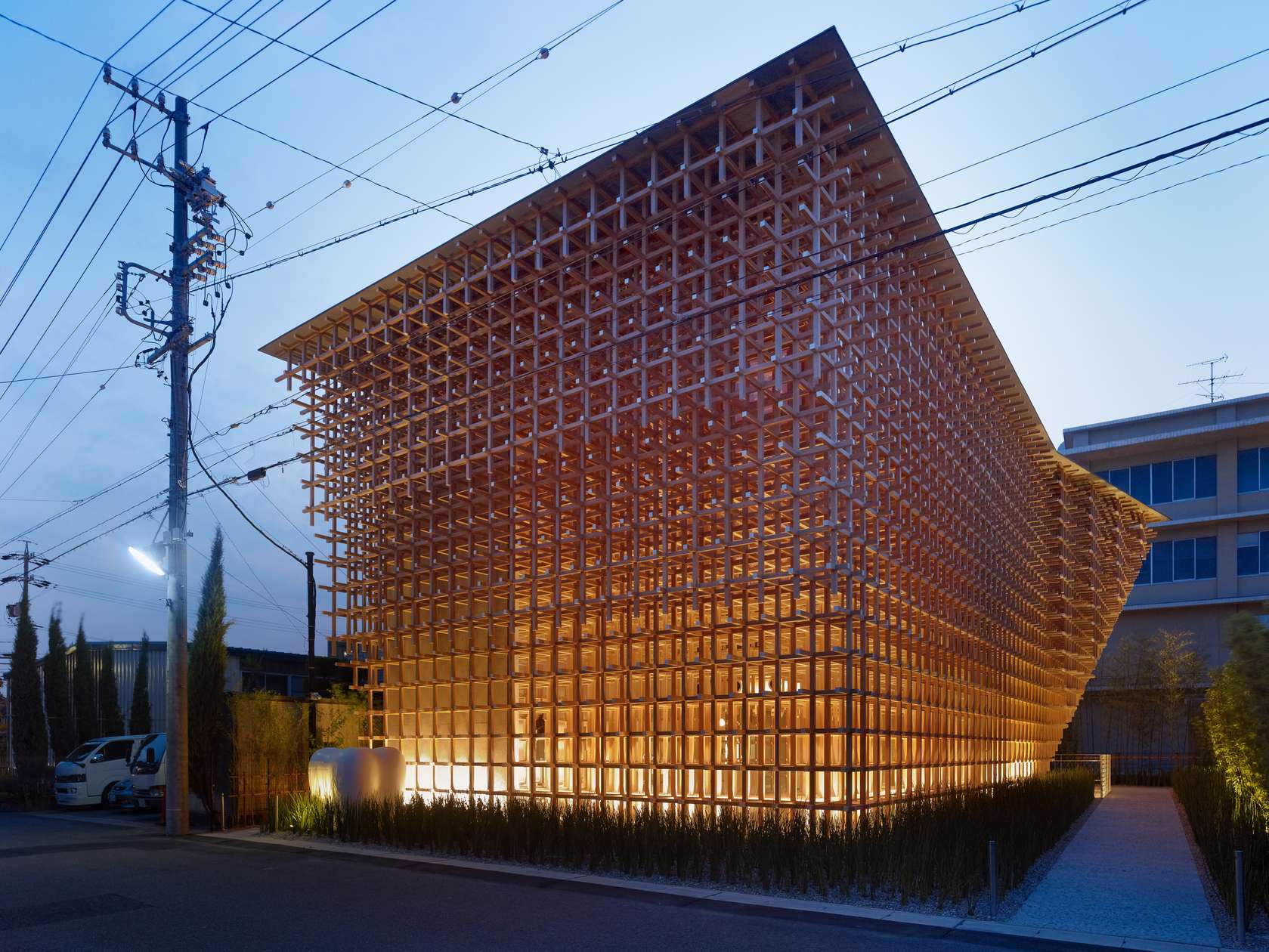

Delivering a lecture at Columbia University’s Graduate Center for Architecture, Planning and Preservation just a few weeks ago, Japanese architect Kengo Kuma traced a definitive thematic thread through the arc of his multifaceted and prestigious practice. Architizer caught up with the architect before his departure back to Japan to expand on his presentation. While his firm, Kengo Kuma and Associates, has been producing work for 26 years, the event with which the narrative of his practice hinges upon took place in 2011, after the devastating tsunami off the Pacific coast of Tōhoku destroyed thousands of lives and homes and left many towns in ruin. For Kuma, the tsunami was an almost paradigm-shifting event forcing him to confront prevailing contemporary attitudes toward the built environment and its relationship with nature. Sunny Hills Tokyo, Tokyo, Japan Citing a Japanese proverb that insists “weakness is strong,” Kuma concludes that the Japanese of the preindustrial era possessed “a wisdom of how to live with the tsunami,” which was forgotten in the 20th century by the design community’s mounting faith in the resiliency of industrial materials, such as concrete and steel. In examining pre-20th-century society’s dependence on local materials, much of ... , Joanna Kloppenburg, read more http://ift.tt/1QEVmhy


Yorumlar
Yorum Gönder